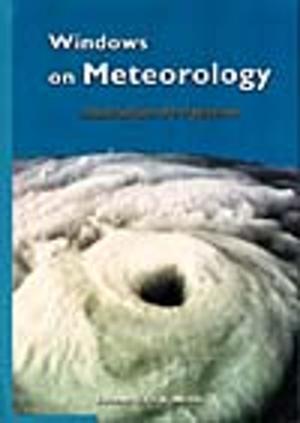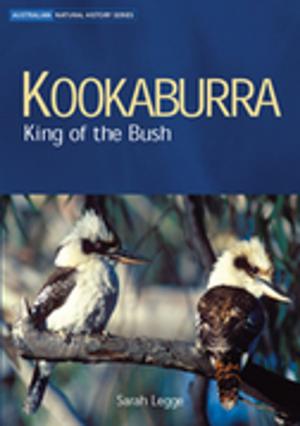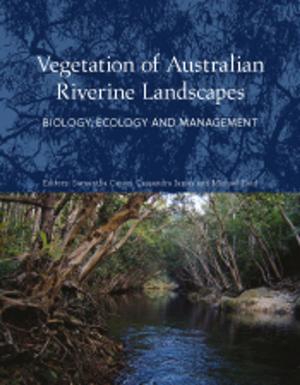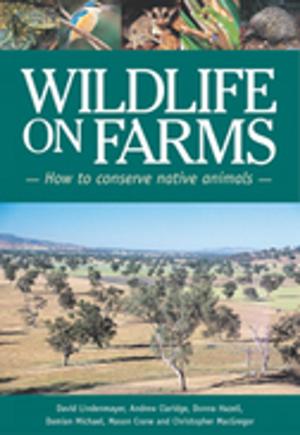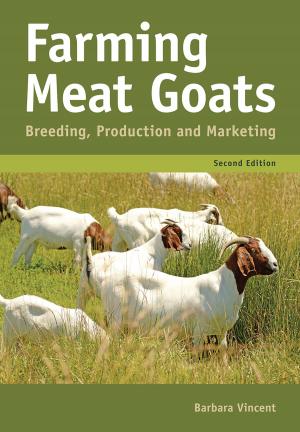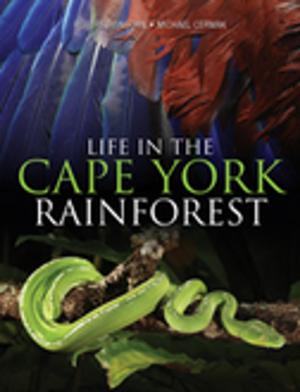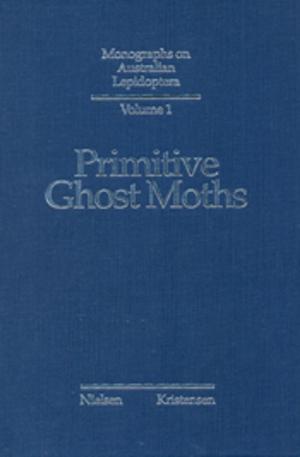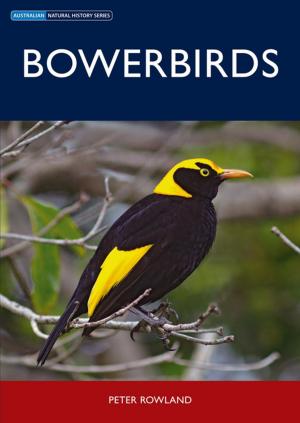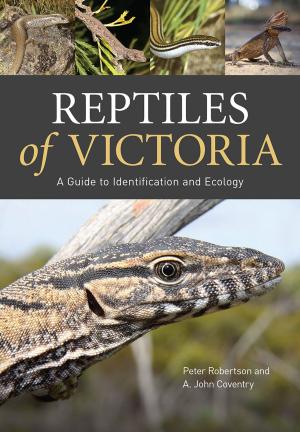Tree Hollows and Wildlife Conservation in Australia
Nonfiction, Science & Nature, Science, Biological Sciences, Zoology, Nature| Author: | Philip Gibbons, David Lindenmayer | ISBN: | 9780643099746 |
| Publisher: | CSIRO PUBLISHING | Publication: | April 5, 2002 |
| Imprint: | CSIRO PUBLISHING | Language: | English |
| Author: | Philip Gibbons, David Lindenmayer |
| ISBN: | 9780643099746 |
| Publisher: | CSIRO PUBLISHING |
| Publication: | April 5, 2002 |
| Imprint: | CSIRO PUBLISHING |
| Language: | English |
More than 300 species of Australian native animals — mammals, birds, reptiles and amphibians — use tree hollows, but there has never been a complete inventory of them. Many of these species are threatened, or are in decline, because of land-use practices such as grazing, timber production and firewood collection. All forest management agencies in Australia attempt to reduce the impact of logging on hollow-dependent fauna, but the nature of our eucalypt forests presents a considerable challenge. In some cases, tree hollows suitable for vertebrate fauna may take up to 250 years to develop, which makes recruiting and perpetuating this resource very difficult within the typical cycle of human-induced disturbance regimes. Tree Hollows and Wildlife Conservation in Australia is the first comprehensive account of the hollow-dependent fauna of Australia and introduces a considerable amount of new data on this subject. It not only presents a review and analysis of the literature, but also provides practical approaches for land management.
More than 300 species of Australian native animals — mammals, birds, reptiles and amphibians — use tree hollows, but there has never been a complete inventory of them. Many of these species are threatened, or are in decline, because of land-use practices such as grazing, timber production and firewood collection. All forest management agencies in Australia attempt to reduce the impact of logging on hollow-dependent fauna, but the nature of our eucalypt forests presents a considerable challenge. In some cases, tree hollows suitable for vertebrate fauna may take up to 250 years to develop, which makes recruiting and perpetuating this resource very difficult within the typical cycle of human-induced disturbance regimes. Tree Hollows and Wildlife Conservation in Australia is the first comprehensive account of the hollow-dependent fauna of Australia and introduces a considerable amount of new data on this subject. It not only presents a review and analysis of the literature, but also provides practical approaches for land management.

